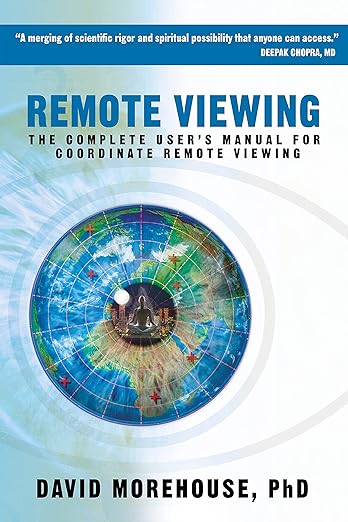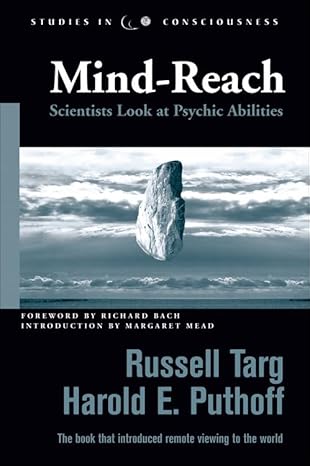Resources and FAQ
Everything you need to know about Remote Viewing and how to use this platform
From beginner guides to advanced judging systems, find all the information you need to start your remote viewing journey
Frequently Asked Questions
Remote Viewing is the ability to perceive information that is distant in time and space.
It's one of those annoying things that can't possibly work, yet somehow, continues to replicate.
Remote Viewing refers to a specific protocol:
The TASKER chooses a "target", and mentally associates a random number with it called a "coordinate".
A target can be any person, place, thing, or event in the past or future.
The VIEWER is given only the "coordinate", and asked to describe the associated "target".
Remote Viewing was invented at Stanford Research Institute and made famous in 1995 when the US Government declassifiedStargate Programand told the world they had been training and using "Psychic Spies" for 20 years.
But is it all just a psyop?
Luckily, you can do your own home experiment in less than 20 minutes, to see for yourself. Most get early results that feel significantly better than chance.
Thebeginners guidefrom the /r/remoteviewing subreddit is a great starting point, and better than anything I could recreate here.
The best way to learn is by doing, so I recommend just diving in and trying it out.
This platform is my attempt to find out whether this is real or not.
After collecting ~100 of my own sessions, and being blown away by the results, I built social-rv.com to create the largest public dataset of blind sessions for scientific study.
social-rv.com will provide you with much needed practice targets, ensure that you've submitted your work before seeing the target, and allow you to share your results with the community.
Analysing your own sessions, seeing the work of others on the same target, and having more experienced viewers give you comments is the best way to learn.
Until now the only way to get this sort of feedback would be to create a group of friends yourself.
I'm hoping this will be the largest dataset of its kind, and will be used by scientists and enthusiasts alike to advance our understanding of remote viewing.
Comparative Judging is an advanced AI-powered judging system that complements our Vector Similarity Analysis, addressing some of its limitations.
This methodology is based on the original judging protocols developed by Russell Targ and Hal Puthoff at Stanford Research Institute (SRI) during their groundbreaking remote viewing research.
Just as in Vector Similarity Analysis, at no point does the AI Judge know which target is actually associated with your session.
How it works:
1. Target Pool Creation: When you submit a session, the system collects your last 10 targets (including the current target) to create a pool of possible matches.
2. AI Comparative Analysis: A multimodal AI agent is presented with your complete session (including all drawings, text, and data) along with all 10 targets from the pool. The agent is instructed to analyze and rank the targets based on how well they match the session content.
3. Blind Ranking: The agent must order all targets by similarity to your session, without knowing which target was actually assigned. This creates an unbiased ranking where your actual target competes against 9 other possibilities.
4. Contextual Understanding: Unlike Vector Similarity Analysis, this method allows the AI to see your session elements in direct comparison with potential targets. This is particularly valuable for:
- Rough shape outlines that only make sense when compared to the actual image
- Ambiguous drawings that require target context to interpret
- Complex spatial relationships that might be hard to describe in text
Advantages of this approach:
The main advantage of Comparative Judging is that it mimics how human judges evaluate remote viewing sessions. By allowing the AI to directly compare your session against potential targets, it can pick up on subtle correlations that might be missed by pure vector similarity matching.
This is especially useful for sessions containing drawings or descriptions that only become meaningful when viewed alongside the target image. For example, a rough sketch that seems unclear on its own might show a striking resemblance when placed next to the correct target.
Learning Resources
Intro to Remote Viewing
This free video provides a great introduction to her new Transdimensional Mapping method.

Remote Viewing Book
In depth guide on the CRV method, written by a former army remote viewer.

History of Remote Viewing
The initial research of remote viewing at Stanford Research Institute in the 1970s.
Other Remote Viewing Links
remoteviewing.link is a collection of links to other resources and tools
Ready to Start?
Now that you understand remote viewing, begin your journey with your first session!